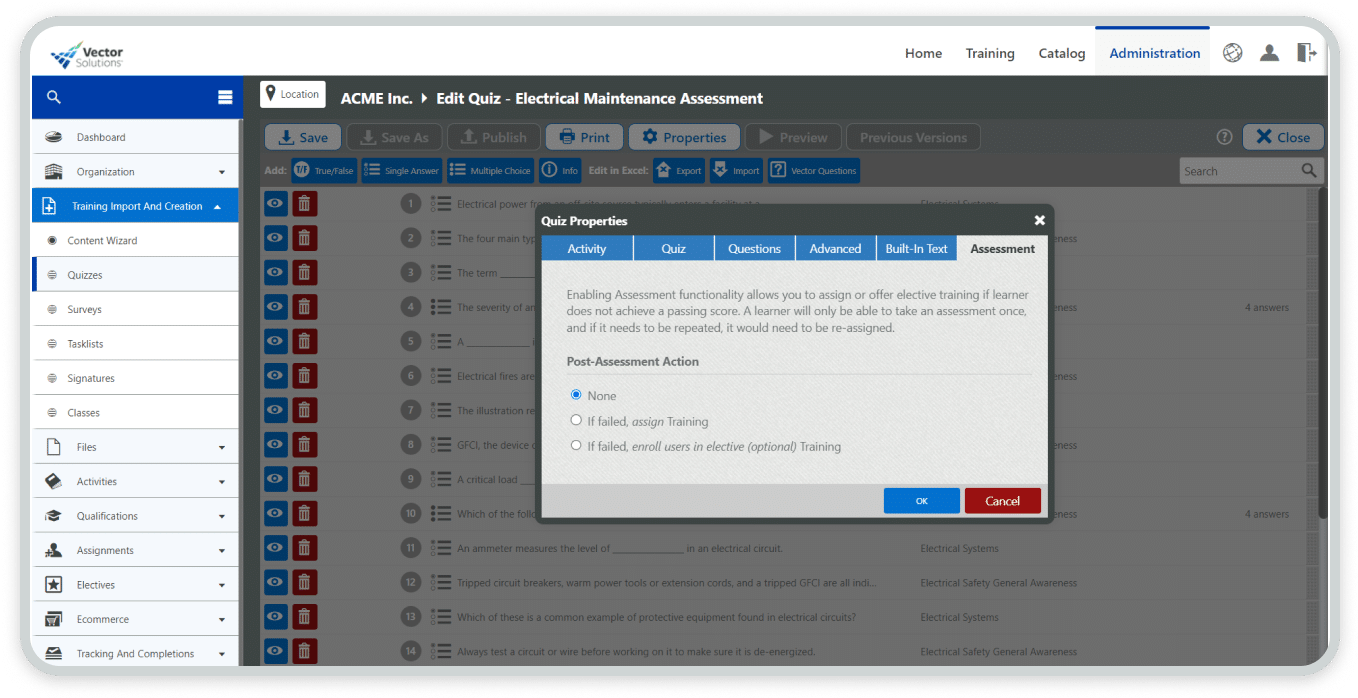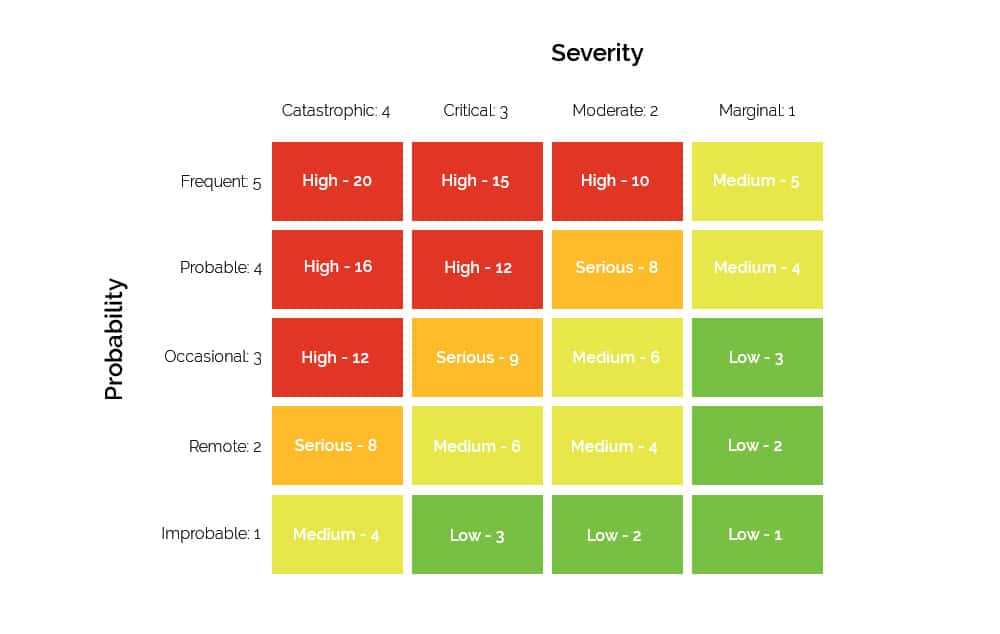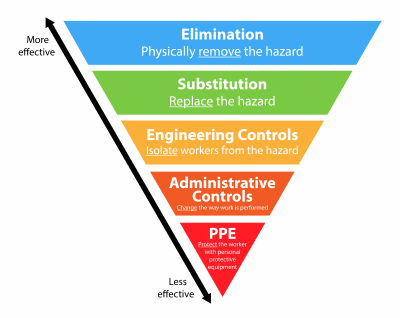October 17, 2024 8 min read

How to Measure the Impact of Learning and Development Programs
Industry:
Solution:

How to Measure the Impact of Learning and Development Programs
Most Learning and Development (L&D) leaders understand that employee growth, skill enhancement, and performance improvements hinge on quality training initiatives. But your task goes beyond simply delivering those programs — you need to demonstrate the value they provide to your organization. To do this, you must measure their impact effectively.
This blog will guide you through why measuring the impact of learning and development is crucial and how to go about it. We’ll also provide resources for integrating a robust learning management system (LMS) in your organization, which will facilitate tracking the progress of L&D programs and contribute to a more efficient workplace environment.
Why Do You Need to Measure the Impact of Learning and Development?
L&D programs are essential for employee performance, career progression, and organizational success. But how do you prove this? While L&D may seem inherently valuable, senior leadership often wants hard data to justify continued investments. Without measuring the impact of learning and development, it can be difficult to validate that your efforts are paying off.
By measuring the effectiveness of your L&D programs, you can provide data-backed insights that prove how these initiatives lead to:
- A more skilled workforce
- Higher retention rates
- Overall business success
In this section, we’ll explore some key benefits of assessing the impact of learning and development on employee performance.
Prove Value to Senior Leadership
It’s not enough to assume your training programs work, as leadership teams want to see tangible evidence. Metrics help you demonstrate that your L&D strategy works, justifying the allocation of time, resources, and investment.
Understand the Impact on Individual Learners
Measuring how L&D programs affect individual learners is key. Are they becoming more skilled? Is training helping them advance in their careers? Are they working more safely and efficiently? By tracking these outcomes, you can identify areas for improvement and highlight the real-life benefits of training programs.
Employee skills assessments serve as a great tool to gauge and reinforce employee skills in your workforce. Our Competency Assessment Tool will help you:
- Pre-assess knowledge and skills before hiring and before assigning training
- Automatically assign training to close knowledge gaps
- Verify retention of critical information
- Prepare employees for a promotion
- And more!
Vector Solutions' Competency Assessment Tool
Learn how you can pre-assess knowledge and skills, automatically assign training to close gaps, and verify retention of critical information.
Learn More
Hone Your Strategy Over Time
Key Performance Indicators (KPIs) can provide critical insights to continuously improve your L&D strategy. Measuring training outcomes allows you to adjust programs to better align with evolving business goals, ensuring you meet and exceed performance benchmarks.
Seeing an increase in these KPIs and more will indicate a successful impact of learning and development programs in your organization.

What Do You Need to Measure?
The reality is, there are a huge variety of metrics that we can track to assess the impact of learning and development programs. But it’s important to narrow our focus on what really matters to our business.
Let’s review how to identify the KPIs that align with your organization’s strategy and tie them directly to the outcomes you want from your learning programs.
Start with Your Goals
Set clear, measurable objectives for your L&D programs. Are you trying to reduce safety incidents? Increase compliance? Improve worker retention? Promote more from within?
Define these goals early, as they will determine the specific metrics you’ll track.
L&D Metrics That Matter
Depending on your goals and industry, the metrics you track could vary. However, here are some common areas of the business where training can have a measurable impact:
- Employee Retention: Higher retainment levels post-training indicate that employees are not only absorbing the material but also applying it effectively, leading to sustained performance improvements.
- Attrition Rates: A decrease in attrition rates often signals that employees feel more supported and engaged through learning initiatives, leading to higher retention.
- Engagement Levels: Tracking engagement levels reveals how actively employees are participating in learning programs and whether the content resonates with them.
- Productivity Levels: Measuring productivity levels post-training can highlight improvements in job performance and the efficiency gained from new skills.
- Time to Competency: Reducing time to competency shows how effectively a learning program prepares employees to perform their roles at a high standard.
- Market Share: By aligning L&D programs with business goals, organizations can drive innovation and growth, ultimately increasing their market share.
- Customer Satisfaction: Higher customer satisfaction often results from better-trained employees who can provide superior service or products.
- Revenue Growth: Training initiatives that focus on upskilling employees in sales, customer engagement, or product knowledge can directly contribute to revenue growth.
- Time to Delivery of Products and Services: Optimized L&D programs can streamline operations, reducing the time it takes to deliver products and services to customers.
- Cost Reduction in Training Efforts: Implementing efficient L&D strategies can cut training costs by using digital solutions and reducing the need for repetitive or redundant sessions.
- Volume of Educational Opportunities Offered: Offering a broader range of learning opportunities supports ongoing development and shows a commitment to employee growth.
- Delivery Time: Reducing the time needed to deliver training modules means employees can improve faster, contributing to quicker project turnaround and business agility.
While this list is a helpful starting point, it’s essential to know which specific metrics will help your organization. Ensure that you’re implementing SMART goals to set effective targets for success in your company.
Elevate Online Training Management Across Your Organization
Explore how Vector Solutions' Learning Management System (LMS) can help you streamline assigning, tracking, and reporting.
Learn More
Key Ways to Measure the Impact of Learning and Development
To effectively gauge the impact of your L&D programs, focus on a mix of qualitative and quantitative metrics. In this section, we’ll explore some resources that will facilitate measuring the impact of learning and development in your organization.
Learning Management Systems (LMS)
A robust learning management system is an essential tool for measuring L&D impact in any workplace. Your LMS can track important data like:
- Course completion rates
- Scores on post-training quizzes
- Time spent on learning modules
This data helps you quantify learner engagement and identify areas where participants might be struggling, leading to a better assessment of the effect of your L&D programs.
Return on Investment (ROI)
You’ll often need to demonstrate that investing in training leads to cost savings or revenue growth for the company.
For example, successful training programs might reduce safety incidents, improve compliance rates, or reduce employee turnover — all of which will save your organization money and prove the success of your L&D programs.

Using the 5 Levels of Evaluation as a Measurement Framework
One widely used framework for measuring L&D impact is Kirkpatrick’s 5 Levels of Evaluation. This model provides a step-by-step approach to assessing the effectiveness of training:
- Level 1: Assessing the reactions of the employees involved in a program.
- Level 2: Gauging employee acquisition of skills and knowledge.
- Level 3: Using follow-up studies to identify if workers are adjusting their behaviors based on the information presented and skills gained in training.
- Level 4: Measuring actual business results associated with the training programs.
- Level 5: Determining return of investment (ROI) by combining these various areas of analysis to get a clear picture of how training impacts organizations.
By utilizing these levels, you can create a comprehensive evaluation process that covers both learner satisfaction and business impact.
Proof Points for the Impact of L&D
Learning and development is essential to workplace success, but don’t just take our word for it. Here are some statistics quantifying the impact of L&D programs:
- Companies with comprehensive L&D programs have 218% higher income per employee than companies without.
- When employees receive the L&D training they need, companies are 17% more productive.
- 59% of employees think L&D programs directly improve their performance.
- 45% of workers are more likely to stay in their role if they receive proper L&D training.
How Vector Solutions Helps Measure the Impact of L&D
“I would say the biggest benefit the solution has helped us achieve is to remain on the leading edge of our industry as a firm of choice because we invest in the development of our people and practice.”
– Training and Development Manager
Now that you know the importance of implementing a comprehensive LMS for measuring L&D success, it’s critical to choose the right one.
Our comprehensive LMS system combines unique online training management software functionalities to streamline assigning, tracking, and reporting. This modern learning management system ensures your workforce stays prepared, compliant, and protected, while also measuring the impact of learning and development on employee performance with great accuracy.
Request a demo and learn more.














